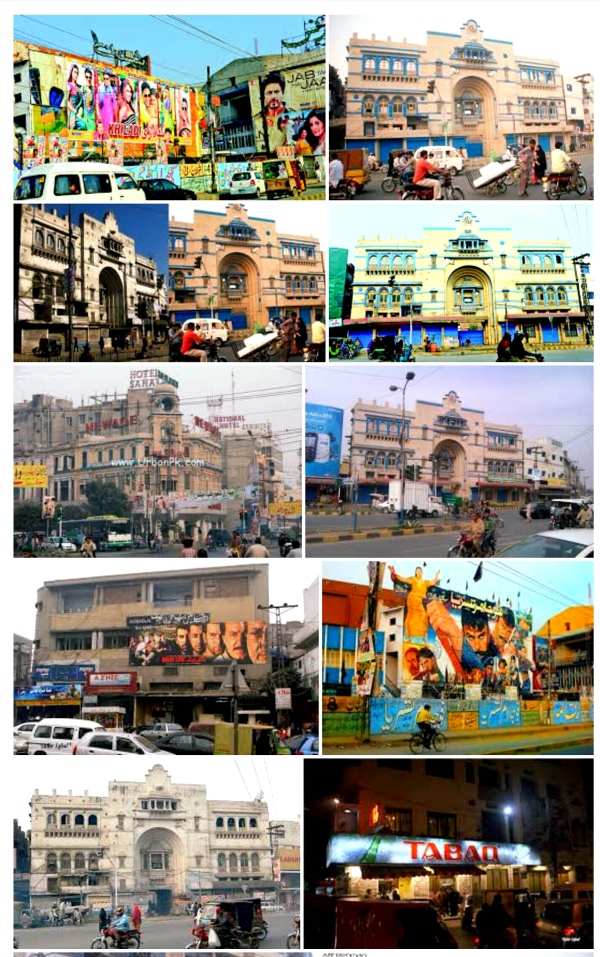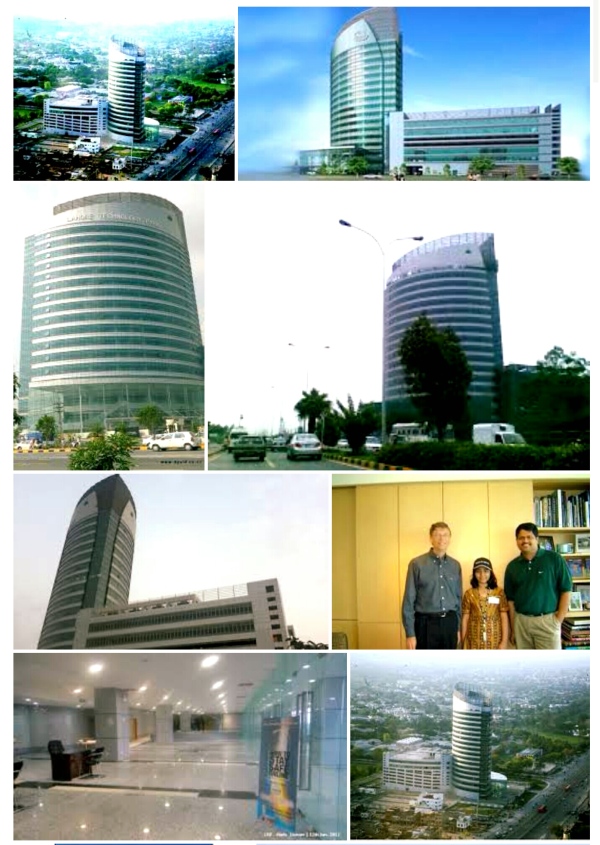
Ever since its birth, the the phenomenon that is “Lahore” has been defined by its ungodly and magnificent structures, in addition to its culture and food.
Be it the Lahore Fort, the Badshahi Mosque, the Minar-e-Pakistan, the Shalimar Gardens, the Choburji, the mall road Bank Square or the Chairing Cross and is Summit Minar, these structures have condensed and conserved in them, the history of the eras they were built in.
For decades, generations after generations marvelled the extravaganza of the rich and futuristic vision of the Lahori architecture and tried adding their humble bit too the heritage.
However we’ve not been completely honest with ourselves or to the contributions of these people.
Like everything else we continue to be a nation stuck in the past. A nation fond of glorifying what’s done, being nostalgic, yet scared, unaccepting and unsure to embrace even the Present, let alone the future.
So today, let’s break this curse. Today, let’s open our minds and hearts to our city. Today let’s celebrate everything monumental that contributes to the magnificence of the Lahore that was that is and the Lahore it can! and will be!
Lakshmi Mansion – Lakshmi Chowk

Lakshmi Building has reverberated with activity since it was erected circa 1935.The chowk is named after the culturally significant Lakshmi Building that stands nearby. The area surrounding thechowk was considered a hub of culture, art and entertainment even before Partition; and while its cultural significance has dimmed with the passage of time, Lakshmi Chowk remains a busy area thanks to the dining and entertainment options it provides.
Arfa Karim Tower

An information technology park in Lahore, Punjab, Pakistan, built in 2009It is biggest and most advanced IT park in Punjab. It also is the tallest building in the city and signifies a major step in the City’s journey to the tech-oriented future.
Chauburji

The establishment of this garden is attributed to Mughal Princess Zeb-un-Nisa, 1646 AD, which appears in one of the inscriptions on the gateway.It is one of the most famous monuments among the structures and buildings of the Mughal era in the city of Lahore, Punjab, Pakistan.
In the historic city of Lahore, on the road that led southwards to Multan, the Chauburji gateway remains of an extensive garden known to have existed in Mughal times.
Chairing Cross & Summit Minar

Chairing Cross, renamed Faisal Square (“Faisal Chowk” in Urdu and Punjabi), and now officially renamed as Shahrah-e-Quaid-e-Azam to honor the founder of the nation of Pakistan, is a neighborhood of Lahore, Pakistan, located on Mall Road. Laid out during the British period, it is named for Chairing Cross in London.
Until 1951 a marble pavilion at Charing Cross displayed a bronze statue of Queen Victoria, but now the statue’s place in the pavilion is occupied by a bronze replica of the Quran.
The Islamic Summit Minar is an obelisk-shape structure built near the Charing Cross, Mall Road in Lahore, Punjab, Pakistan. It was built to commemorate the Organisation of Islamic Conference held in Lahore in 1974.
Aazadi Chowk – Fort & Badshahi Mosque

Azadi chowk flyover is situated in Lahore city of punjab Pakistan. The total length of azadi chowk flyover interchange is 2.53-km. 200 thousands vehicles will benefit daily from this project and Rs 900 million will be saved annually in fuel.  In the photos see the beautiful view of Azadi chowk flyover.This flyover is contructed in a limit time of duration which is also a record. Azadi chowk flyover will benefit the people of lahore as well as people coming out of Lahore.
Kalma Chowk

Kalma Chowk is a famous town square, chowk and road intersection in Lahore, Punjab, Pakistan.[1] It is one of the city’s busiest intersections in terms of traffic. Kalma Chowk Flyover is passing over it. It is the intersection of main roads, Ferozepur Road and Main Boulevard Garden Town and Main Boulevard Gulberg.
Recently the wonderful overhead built at this intersection has served a long awaited solution to city’s traffic in addition to adding to the beautiful roadways in the provincial metropolis.



























